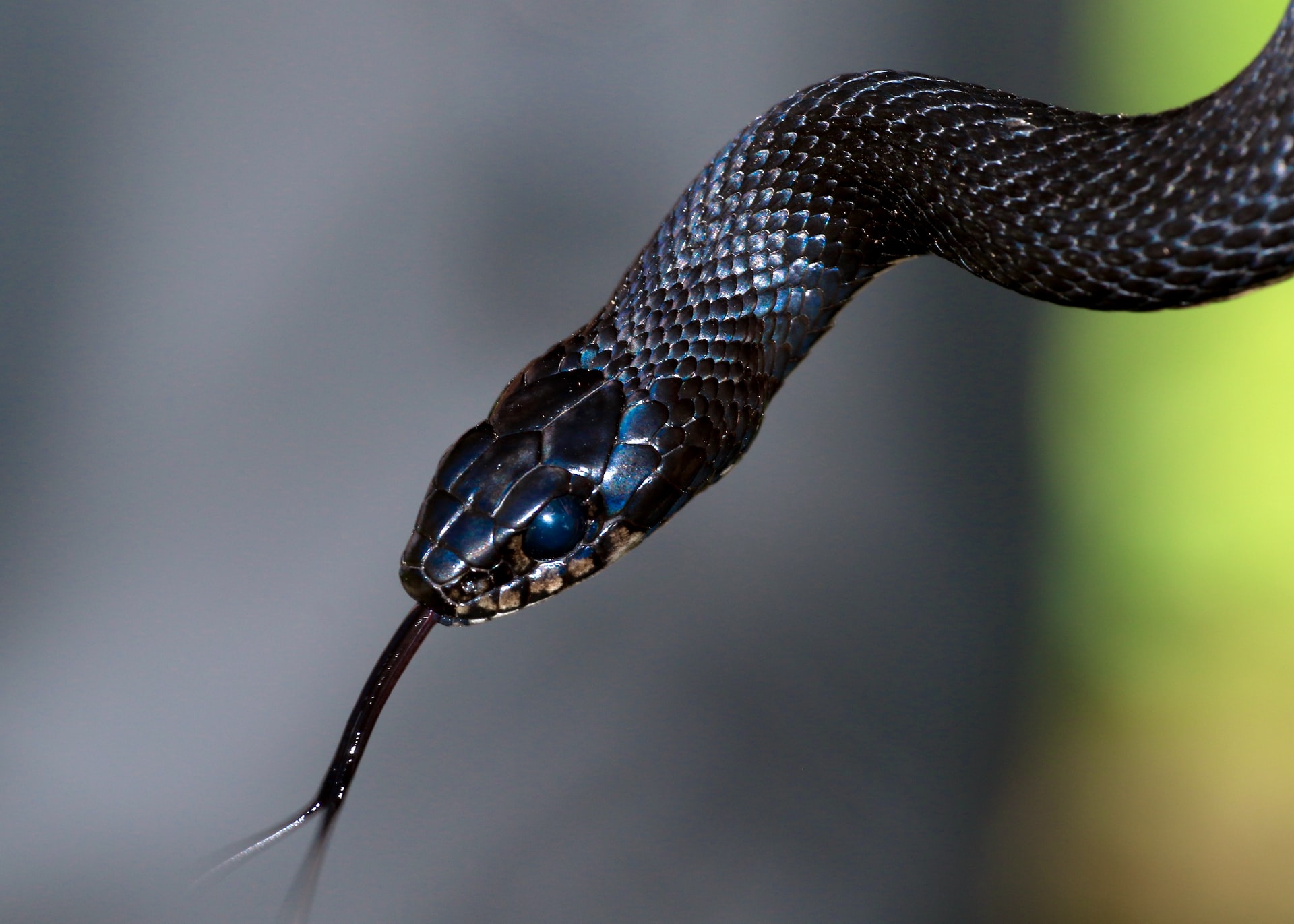Top 25 Interesting Facts About Snakes You Should Know About

They have negative publicity amongst people who are not much aware about the wildlife of the snakes. Scientifically, snakes are identified as “Serpentes”. Snakes are elongated, legless, carnivorous reptiles of the suborder Serni Serratus.

1. Most snakes have only one functional lung.

2. Snakes have paired organs that appear one in front of the other instead of side by side, for example, kidneys. This helps them to accommodate their narrow bodies.

3. Some snake species conserve a pelvic girdle with a pair of vestigial claws on either side of the cloaca.

4. Not all snake species lay eggs. Some give birth. Most snakes lay eggs, but some species – including sea snakes – give birth!

5. Certain snake species have skulls with multiple joints, which allows them to swallow prey that is much larger than their heads.

6. Some lizard species resemble snakes. But, some of the groups of legless lizards have special features present that are not in snakes, such as eyelids and external ears.

7. Alive snakes are present everywhere on the earth, but not in Antarctica. They are available on every continent, except the coldest one.

8. The sea snake species are observed throughout the Indian and Pacific oceans.

9. There are about 3,900 known snake species present on Earth.

10. Snakes can be found in all sizes from tiny little ones to the largest 6 to 6.95 meters of reticulated pythons.

11. The fossils found for species Titanoboa cerrejonensis was said to be 12.8 meters.

12. It is said that the snakes evolved from the burrowing or aquatic lizards.

13. The oldest preserved data about the snakes can be observed in Brooklyn Papyrus. It is a medical papyrus which dates from ancient Egypt. It is one of the oldest preserved scriptures about medicines, etc.

14. The majority of snake species are non venomous, and those that have venom tend to kill and subpoena rather than for self-defense. Some have venom that can cause painful injury or death to humans.

15. The most venomous snakes are found in the sea. They pose no danger to humans because they’re shy and their fangs are too short to penetrate a diver’s suit very well.

16. The word snake is derived from Old English snaca.

17. The first identifiable snake fossils were found during the Cretaceous period. It’s a geological period that lasted from about 145 to 66 million years ago.

18. The earliest known true snake fossils come from the marine simoliophiids. It is the members of the crown group Serpentes.

19. Snakes descended from lizards. According to a consensus based on comparative anatomy, the snakes are the descendents of mighty lizards.

20. In all known snakes, front limbs are nonexistent, and Hox genes are responsible for this nonexistence.

21. The majority of a snake’s skeleton is an extremely long thorax.

22. Following the extinction of (non-avian) dinosaurs, several modern snake species appeared during the Paleocene, as well as the adaptive radiation of mammals.

23. Snakes smell with their tongues. They have a cool sense of smell. Snakes use their tongues to catch up all kinds of scents present in the air.
24. Most snakes’ skeletons consist solely of the skull, hyoid, vertebral column, and ribs.

25. Snakes have a three-chambered heart that controls the circulatory system via the left and right atrium, and one ventricle.






